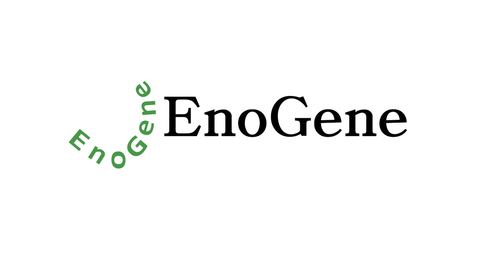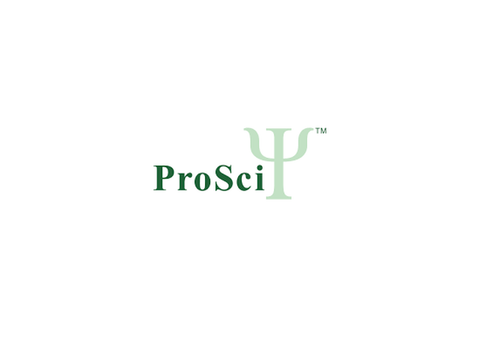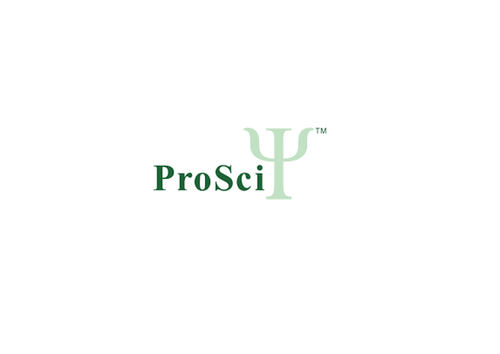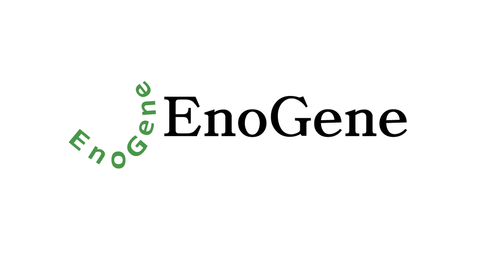Product Description
EXOC3 Antibody | 26-640 | ProSci
Host: Rabbit
Reactivity: Human, Mouse, Rat
Homology: N/A
Immunogen: Antibody produced in rabbits immunized with a synthetic peptide corresponding a region of human EXOC3.
Research Area: Other
Tested Application: E, WB
Application: EXOC3 antibody can be used for detection of EXOC3 by ELISA at 1:312500. EXOC3 antibody can be used for detection of EXOC3 by western blot at 1 μg/mL, and HRP conjugated secondary antibody should be diluted 1:50, 000 - 100, 000.
Specificiy: N/A
Positive Control 1: Cat. No. 1201 - HeLa Cell Lysate
Positive Control 2: N/A
Positive Control 3: N/A
Positive Control 4: N/A
Positive Control 5: N/A
Positive Control 6: N/A
Molecular Weight: 85 kDa
Validation: N/A
Isoform: N/A
Purification: Antibody is purified by peptide affinity chromatography method.
Clonality: Polyclonal
Clone: N/A
Isotype: N/A
Conjugate: Unconjugated
Physical State: Liquid
Buffer: Purified antibody supplied in 1x PBS buffer with 0.09% (w/v) sodium azide and 2% sucrose.
Concentration: batch dependent
Storage Condition: For short periods of storage (days) store at 4˚C. For longer periods of storage, store EXOC3 antibody at -20˚C. As with any antibody avoid repeat freeze-thaw cycles.
Alternate Name: EXOC3, SEC6, SEC6L1, Sec6p
User Note: Optimal dilutions for each application to be determined by the researcher.
BACKGROUND: EXOC3 is a component of the exocyst complex, a multiple protein complex essential for targeting exocytic vesicles to specific docking sites on the plasma membrane. Though best characterized in yeast, the component proteins and functions of exocyst complex have been demonstrated to be highly conserved in higher eukaryotes. At least eight components of the exocyst complex, including this protein, are found to interact with the actin cytoskeletal remodeling and vesicle transport machinery. The complex is also essential for the biogenesis of epithelial cell surface polarity.The protein encoded by this gene is a component of the exocyst complex, a multiple protein complex essential for targeting exocytic vesicles to specific docking sites on the plasma membrane. Though best characterized in yeast, the component proteins and functions of exocyst complex have been demonstrated to be highly conserved in higher eukaryotes. At least eight components of the exocyst complex, including this protein, are found to interact with the actin cytoskeletal remodeling and vesicle transport machinery. The complex is also essential for the biogenesis of epithelial cell surface polarity.
 Euro
Euro
 USD
USD
 British Pound
British Pound
 NULL
NULL













![EXOC3 Antibody (C-term) [APR33057G] EXOC3 Antibody (C-term) [APR33057G]](https://cdn11.bigcommerce.com/s-452hpg8iuh/images/stencil/500x659/products/873302/1165369/logo__92149.1659788186__28886.1659869005.png?c=2)
